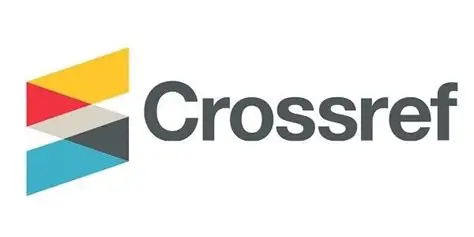REFLECTION OF URBAN AND RURAL LIFE IN MODERN ASSAMESE NOVEL WITH SPECIAL REFERENCE TO Jibonor Batot.
Keywords:
Modern Assamese novel, representation of society, social realism, value system.,,Abstract
The origin of modern Assamese novel dates back to the first half of the Twentieth
century. Though the practice of Assamese novel writing started under the influence of European
novels of the late Nineteenth century, over the years it attained its own flavor and established itself
as one of the prominent literary genres that reflected on various socio-political events of that
period. Massive transformation was underway with rapid urbanization at the behest of the British
administration and emergence of a new aristocratic class in Assam left an indelible impact on the
social landscape. Conflicts of value system in terms of urban and rural society was starkly visible
as market economy of urban settings completely transformed the society posing threat to the
traditional value system of rural based agrarian economy. Assamese novelists of that period
responded to this transformation through their literary representation by portrayal of their lived
reality with an agenda of putting a resistance to the ongoing change that did not go well with the
traditional value system of Assamese society. The contemporary novelists of that period also
responded to the escalating tension over identity issue and impact of the ongoing nationalist
revolution on Assam. Bina Baruah’s novel Jibonor Batot, published in 1944, is one of the
prominent Assamese novels that were instrumental in giving Assamese novel writing a new
direction by focusing on such contemporary issues. This paper attempts to examine the
representation of the Assamese society of the first half of Twentieth century with special focus on
the conflicting value system of rural and urban Assam.
References
Baruah, Bina. Jibonor Batot. Bina Library, 1944.
Baruah, Prahlad Kumar: Chintar Abhas. Banlata, 1992
Bharali, Sailen. Uponyas Bichar aru Bishleshon. Chandra Prakash, 1993.
Das, Amal Chandra. Axomiya Uponyasor Porikroma. Banlata, 2012.
Devi, Jahnabi. Uponyas Bichar. Jagaran Sahitya Prakashan 2013.
Dutta, Binita. Axomiya Sahityot Nari. Sodou Axom Lekhika Somaroh Samiti, 1995.
Hudson,William Henry.An Intrduction to the Story of Literature.Rupa Publications,2015
Kotoki, Prafulla. Swarjottor Axomiya Uponyas. Bina Library, 1979.
Neog, Maheswar. Axomiya Sahityar Ruprekha. Chandra Prakash, 1968.
Sarma, Satyendranath. Axomiya Uponyasor Gotibidhi. Soumar Prakashan, 1976.
Thakoor, Nagen (Ed.). Aksho Bosoror Axomiya Uponyas. Jyoti Prakashan, 2000.


